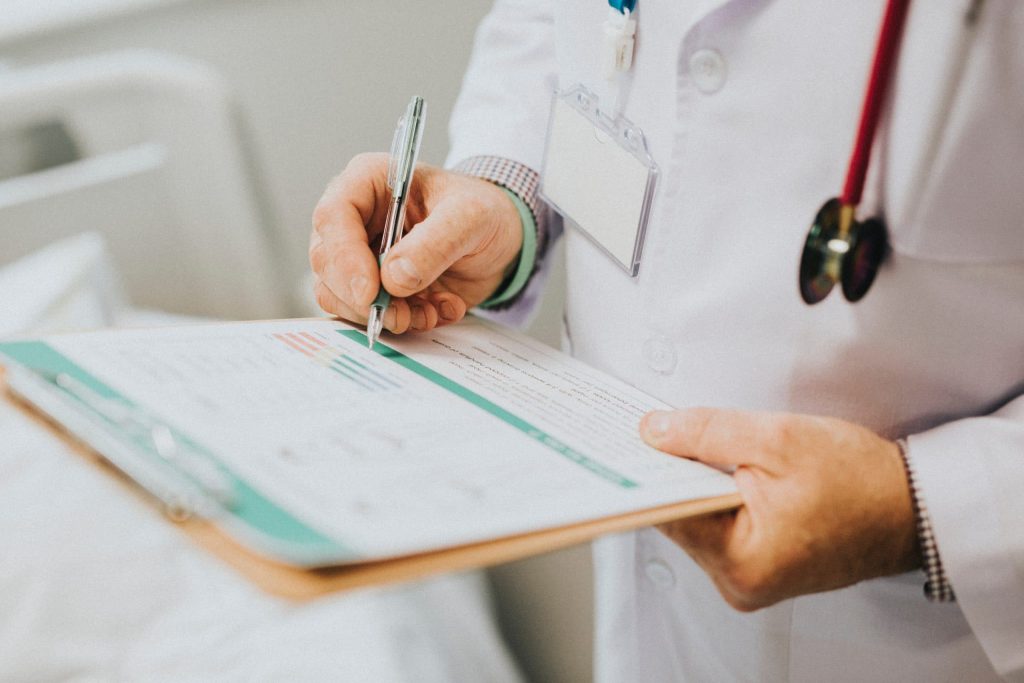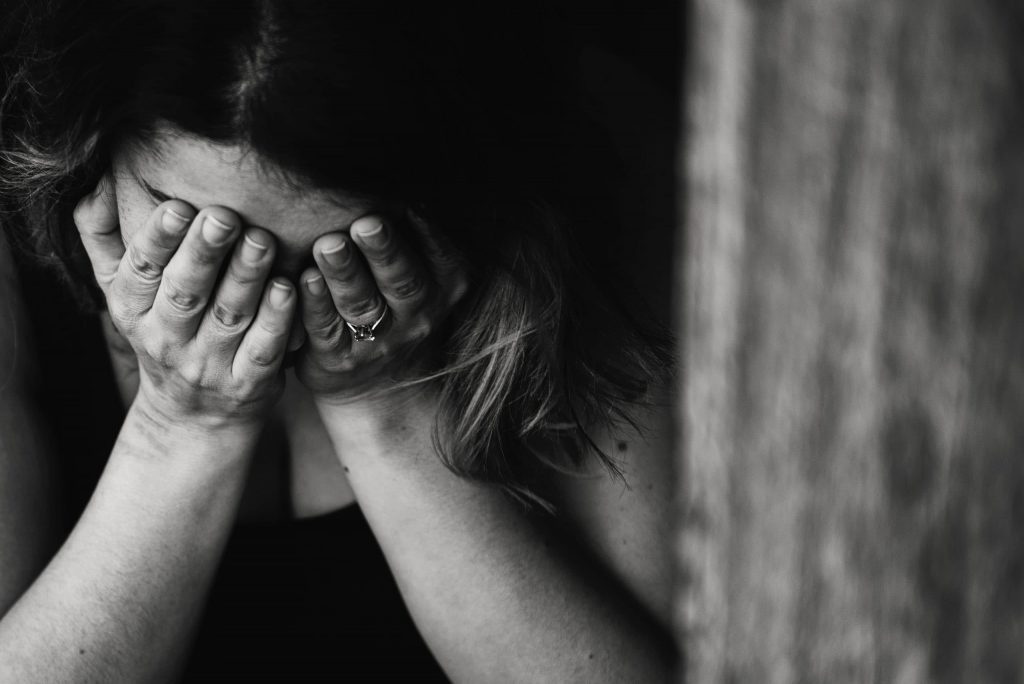What is Suboxone?
Suboxone® is an evidence-based, prescription treatment for opioid addiction and heroin addiction. It is a prescription medication that combines buprenorphine and naloxone and has been shown in numerous studies to ease opiate withdrawal symptoms in patients who are beginning their recovery from addiction. These studies also highlight that the medication is beneficial in helping reduce the likelihood of relapse in some patients. Suboxone is known as a medication-assisted treatment (MAT), which is used in conjunction with cognitive behavioral therapy and other “whole-patient” approaches to treatment.
Suboxone can be an incredibly helpful part of drug rehab, as the United States faces an overwhelming drug overdose crisis.
In 2017 over 70,000 Americans died from a drug overdose according to the Centers for Disease Control. Most of these overdose deaths were fueled by an ongoing opioid epidemic that appears to only be getting worse as time goes on. Opioids were linked to 47,600 of these deaths (67.8% of all drug overdose deaths). With the United States battling this epidemic, the need for effective treatment is at an all time high.
The History of Suboxone and buprenorphine.
The US Food and Drug Administration approved Suboxone® to treat opioid dependence issues in patients in 2002. Because Suboxone is itself an opioid drug, it should only be taken with a prescription from a doctor, under close medical care and supervision at a treatment facility like we provide at More Than Rehab, a Houston, Texas area drug rehab facility.

How does Suboxone work?
Helping to suppress cravings and often painful withdrawal symptoms, Suboxone has the potential to make the process of detox and recovery from opioid addiction much more manageable. Suboxone and buprenorphine have some distinct advantages over other medication assisted treatments like naltrexone or methadone. Suboxone contains both buprenorphine (an opioid partial-antagonist) and naloxone (an opioid antagonist). The buprenorphine will allow the brain to think it is receiving opioids, while the naloxone component blocks the euphoric “high” associated with opioids. These components, in combination will last for about 24 hours. Success rates, as measured by retention in treatment and one-year sobriety have been reported as high as 40-60% in some studies.

At More Than Rehab, we have found this form of treatment to be successful, helping our patients in the Houston, Texas area avoid the painful process of detox and withdrawal from an opioid or heroin addiction.
Since Suboxone contains buprenorphine, a partial opioid antagonist, it will have less of an effect when it attaches to the opioid receptors in the brain. This does not produce the same high effects of full opioid antagonists like Oxycontin, hydrocodone, morphine or heroin. For patients taking Suboxone, they may experience a mildly pleasant sensation. However, for someone who had developed a dependence on opioids, most patients describe that they feel ‘normal’ after taking Suboxone. If the patient had been experiencing pain symptoms they may experience mild pain relief. When taken properly, Suboxone or buprenorphine will not get a euphoric high like they would when they took oxycodone or heroin.
Since the effects of the buprenorphine lasts a full 24 hours, if a patient who was using this medication-assisted treatment took a problem opioid like heroin or Oxycontin they would not get their usual high. Buprenorphine sticks to opioid receptors so the other opioids could not get in. This is a major benefit of medication-assisted treatments and will ultimately help prevent relapsing while on the medication.
Since Suboxone is only a partial opioid antagonist, taking more of the drug than was prescribed will not allow the patient to get high, unlike other step-down treatments like methadone. This is called the “ceiling effect”. If Suboxone or buprenorphine was taken in the event of an opioid overdose it would help lower the effect of suppression of breathing from the full opioid.
Suboxone contains Naloxone, which helps to discourage misuse and abuse.
Naloxone is the life-saving drug that can be used to reverse the effects of an opioid overdose. By blocking opioid receptors in the brain, it can be used to prevent suppression of breathing, which in the event of an overdose, can be life-saving. The nasal spray version, Narcan® is available as an over-the-counter medication in 46 states. Since the opioid receptors in the brain have a higher affinity for naloxone, they will take the place of any other opioid present in the central nervous system, which can block any further negative effects.
Suboxone is a combination of buprenorphine and naloxone. The presence of naloxone prevents the Suboxone from being crushed or injected and abused like any other opioid. Suboxone is administered sublingually as a film or strip that dissolves under the tongue. If it is used any other way, the naloxone will block the effects of the buprenorphine so the user cannot get high. It was designed this way to prevent misuse or further substance abuse. Only when used as directed will the Suboxone work as intended.
How long should Suboxone treatment last?
The length of use for medication assisted treatment varies greatly and depends on the individual situation. Treatment usually lasts between 1 and 6 months, though in some cases it can be recommended for use over 12 months or longer. As the patient stabilizes, the doctor will decide to taper-off dosage, slowly over time. During this maintenance phase of recovery, you should be monitored closely by a medical addiction treatment professional, as results will vary.
Suboxone and buprenorphine treatment will work best in conjunction with other recovery techniques, like individual and group therapy sessions. To begin a lifetime of sobriety, a comprehensive treatment program is recommended. If you or a loved one is struggling with addiction to opioids or heroin, please call us today. At More Than Rehab, we want to help make the world a better place, one client at a time. We listen to you, your needs and we will formulate an individualized treatment plan to help you achieve your goal of sobriety. We are available 24/7 and can get the process started, all you have to do is call.


